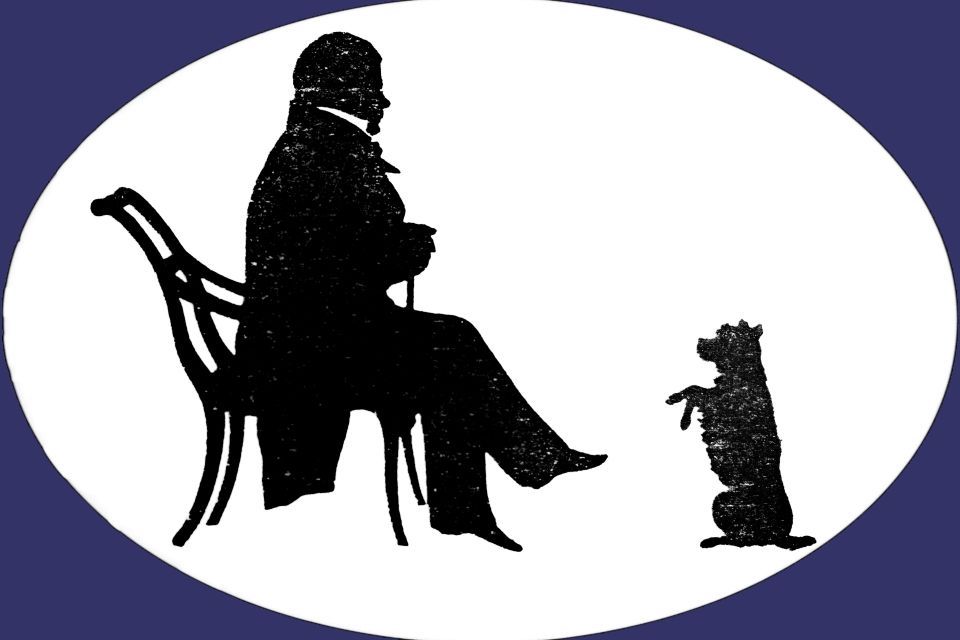Other Scott Clubs:
Border Scott Fellowship (c. 1920s) – A Sir Walter Scott Society in the Scottish Borders
The Border Scott Fellowship was a literary and cultural society based in the Scottish Borders, established to honour Sir Walter Scott’s legacy. By the late 1920s it was active in Scott-related commemorations and played a key role in preparations for the 1932 centenary of Scott’s death. In 1928, the Fellowship was explicitly mentioned as part of the Scott Centenary Committee formed to plan the centennial celebrations.
This committee was spearheaded by the Edinburgh Sir Walter Scott Club and included representatives from the Borders – notably the Border Scott Fellowship – to ensure Scott’s home region was involved. The Duke of Buccleuch (a leading Border noble and Scott family friend) served as President of the executive committee for the centenary, illustrating the Fellowship’s high-level support and integration into the official planning.
Founding and Leadership: While detailed founding records are sparse, the Border Scott Fellowship emerged by the 1920s as a counterpart to Edinburgh’s Walter Scott Club, rallying Scott enthusiasts across Roxburghshire, Selkirkshire, and neighbouring counties. Its leadership likely included prominent local Scott admirers. (For example, the Duke of Buccleuch’s presidency of the centenary committee suggests he was an honorary figurehead for the Fellowship’s efforts. The Fellowship’s creation aimed to coordinate Border region activities in tribute to Scott, who had deep roots in the area. Sir Walter’s estate Abbotsford and his burial place Dryburgh Abbey are in the Borders, so local initiative in the centennial was crucial.
Centenary of 1932 – Activities and Contributions: The Border Scott Fellowship worked closely with other organizations to stage appropriate centennial events. Planning began in 1928, and by 1930–32 the fellowship was one of several “societies co-operating” in the official programme. Their involvement ensured that celebrations were not confined to Edinburgh. In September 1932, on the centenary of Scott’s death (21 September 1832), the Borders held their own commemorations in parallel to Edinburgh’s. Notably, a memorial ceremony at Dryburgh Abbey – where Scott is interred – was organized as part of the centenary program. It’s likely the Border Scott Fellowship helped plan that solemn service, coordinating with local clergy and officials. On the night of the centenary, the entire Border country was “ablaze with beacons,” as hilltop bonfires were lit in tribute to Scott. Contemporary reports stressed that these local celebrations in the Borders were distinct but complementary to the main events in Edinburgh. The Fellowship presumably mobilized communities in towns like Melrose, Selkirk, Kelso, and Peebles to participate – for example, arranging torchlit processions, public readings from Scott’s works, and the beacon fires that symbolically linked Scott’s beloved landscapes in flame.
The Edinburgh centennial programme in June–September 1932 included exhibitions, pageants and services, but the Border Scott Fellowship’s contribution was to ensure Scott was honoured on his home soil. According to press accounts, the centenary committee’s plans explicitly accounted for Border district events alongside the capital’s pageantry. The Fellowship’s cooperation with the Edinburgh Sir Walter Scott Club is evidenced by joint fundraising appeals and planning meetings. (In fact, a public appeal letter in 1930 for centenary funds – signed by the Duke of Buccleuch – mentions the involvement of Border representatives in the cause.
Historical Significance: The Border Scott Fellowship exemplified regional pride in Sir Walter Scott during the early 20th century. It helped galvanize Border communities to celebrate a local hero. By uniting civic leaders, landowners, and literature lovers, the Fellowship ensured that Scott’s 100th death anniversary was marked not just by metropolitan fanfare but by heartfelt local observances in the towns and valleys that inspired so much of his work. The coordination between the Fellowship and the Edinburgh committee resulted in a comprehensive national commemoration. Funds raised (over £1,000) from centenary events were even put toward establishing a Chair or Lectureship in Scottish Literature in Scott’s memory.
In summary, the Border Scott Fellowship was an important player in the late 1920s and early 1930s Scott revival. Founded in the Scottish Borders, it brought local energy and organization to the Scott Centenary of 1932. Its members helped plan key centennial ceremonies (like Dryburgh Abbey’s service) and engaged Border communities with beacon-lighting and other tributes. The Fellowship’s efforts, in conjunction with the Edinburgh Sir Walter Scott Club, ensured Sir Walter Scott’s centenary was a truly national celebration – with the Borders proudly and prominently represented.
Sources :
https://paperspast.natlib.govt.nz/newspapers/ODT19320523.2.89?
https://historicalpageants.ac.uk/pageants/1229


